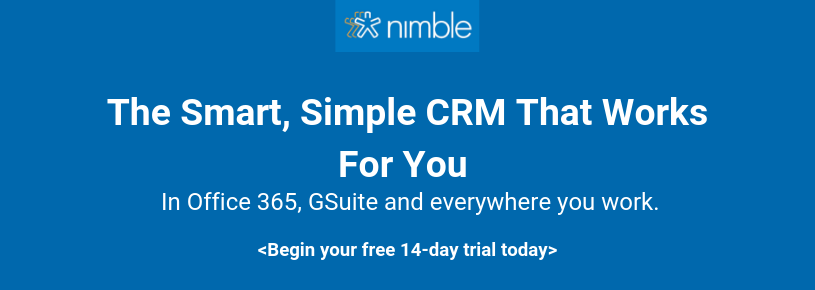Want to know an interesting fact?
Ecommerce has evolved from an alternative to brick-and-mortar stores into a competitive landscape for B2B and B2C brands. The global eCommerce market size is set to cross the $2 trillion mark in 2020.
Booming opportunities mean a cut-throat ecosystem in which brands are constantly competing to provide the best customer experiences and grab maximum eyeballs.
Ecommerce brands are literally battling to earn the maximum traffic, the most favorable customer reviews, and the highest conversions. They are also facing challenges in raising brand awareness and mobilizing customer conversations around their brand.
Your eCommerce brand needs an extra edge to beat the competition. Influencers can prove to be the gamechanger you need.
Research proves that influencers can earn a brand’s trust, revenue, and advocacy. In 2019, 58% of people bought a product, 40% started trusting a brand, and 33% started talking about a brand after an influencer endorsed it.
Is your eCommerce brand behind the curve?
No worries.
This post will teach you how to leverage influencer marketing to uplift your eCommerce brand.
First things first: who are influencers, and how can they help your eCommerce brand?
An influencer is someone who holds sway over a specific audience group (their followers). Influencer marketing is a method of marketing your brand through influencers rather than by direct marketing.
63% of people in the age group of 19-to-34 trust influencers more than brands. They find influencers twice more relatable than A-list celebrities. And, 58% of them actually bought a product based on their favorite influencer’s recommendations.
In other words, influencers can foster trust, engage customers, and improve sales conversions.
Impressive, isn’t it?
There are a number of ways to increase your leads and sales via influencer marketing. In this post, I have outlined the most effective tactics for you.
Let’s get started.
Top Ways to Leverage Influencer Marketing for Your eCommerce Brand
Before we deep dive into the tactics, you need to define the goals of your influencer campaign. Clearly defined goals can help you measure your influencer’s performance and realign your strategy if required.
The top influencer marketing goals include improved brand awareness, lead generation, website traffic, and positioning. Since eCommerce depends on sales and profit, be sure to factor that in as well.
Once you decide on your goal, you can try the following ways of working with influencers:
1. Collaborate With Relevant Influencers
There are numerous influencers out there, with varied niches, values, and content creation styles.
You need to work with influencers who hold clout over your target audience and are active on platforms of your choice. Plus, their content should resonate with your brand values. Only then, influencer marketing can give you the desired results.
Searching for the right influencers manually can be like searching for a pin in a haystack. It is a time-consuming process as well.
But there is a better alternative:
Influencer marketing platforms like Fourstarzz Media can help with influencer discovery. You can narrow down your choices by using their advanced filters, such as location, platform, and brand affinity.
The best thing about this platform is that all influencer profiles on it are verified. So, you can be assured that their followers and engagement rates are authentic.
Remember: Relevance is key.
Natori, a luxury lingerie brand, teamed up with fitness trainer, Sarah Dussault, who has 30K+ followers on Instagram, to promote their upcoming sports bra. The cash-rich brand could have afforded to collaborate with a model or celebrity. But they preferred a fitness influencer since she had a following of passionate gym-goers who would be ideal customers for a sports bra.
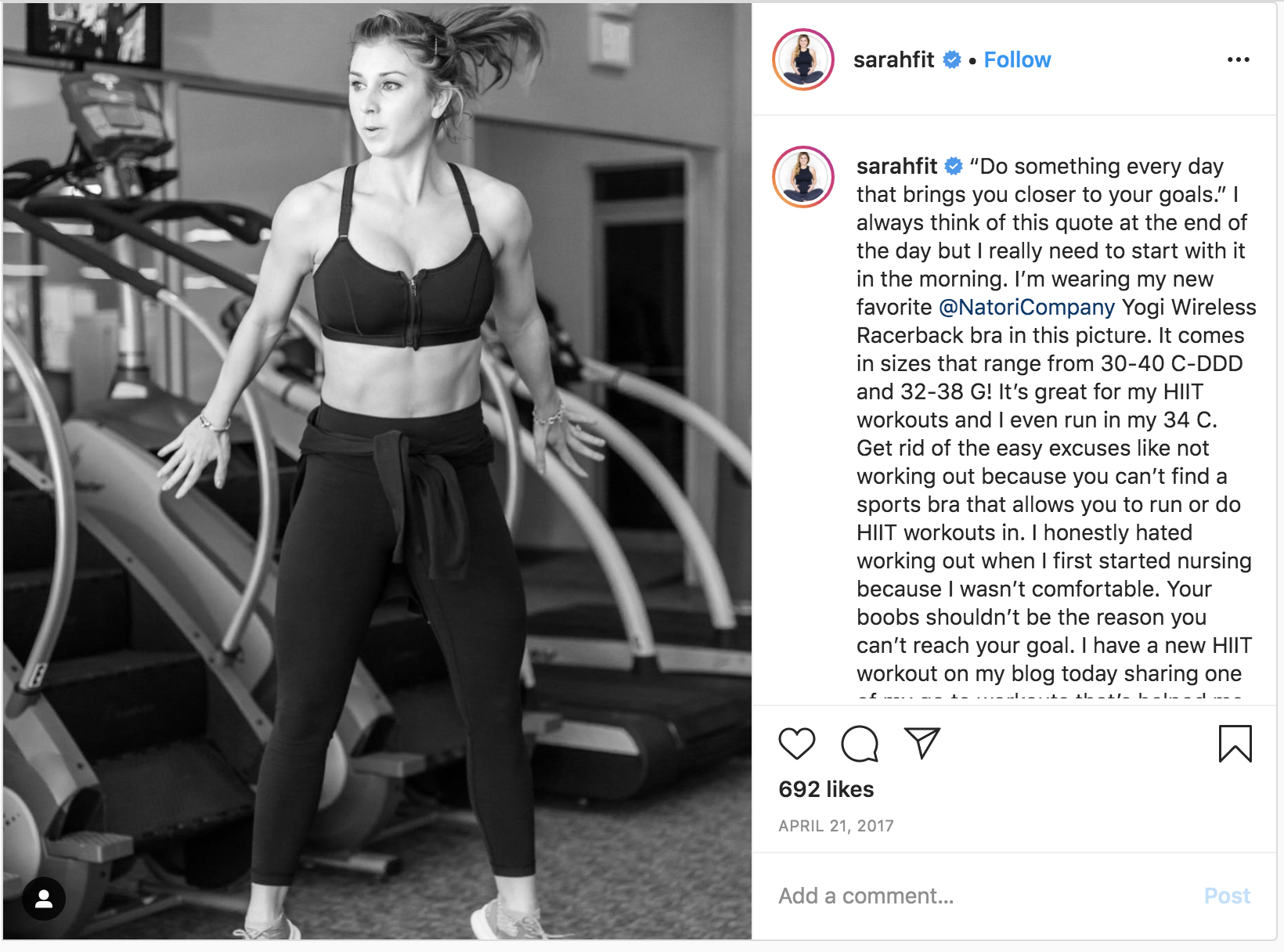
2. Use Influencer Content as Social Proof
Modern consumers can shift brand loyalty instantly. Influencer content can help you win over and retain consumer’s trust. Since most influencers are experts in their niches, a positive recommendation or review about your products is a hallmark of their efficacy.
Instagram is one of the best social channels for B2B marketing and can get you social proof to make your brand more trustworthy in the eyes of customers.
To encourage influencers to review your products, send them free items, or store credit. Let them videotape their reaction or write an engaging post about their experience. You can use this content in your ads, website, and social media posts, (after you get permission from the influencer, of course).
You can also display influencer content on your product pages and promotional emails. Additionally, how-to and unboxing videos are helpful as well as authentic. This kind of “earned” media is hard to manipulate, which is why customers are likely to trust it more than paid ads.
Pro Tip: Look for an influencer who’s already a brand fan.
Being a fan, they’ll likely be happy to create great product review posts for you. This is what Apple did to promote its iPhone X. They collaborated with iJustine, who is an avid iPhone user and YouTuber. The video garnered over one million views in a day.
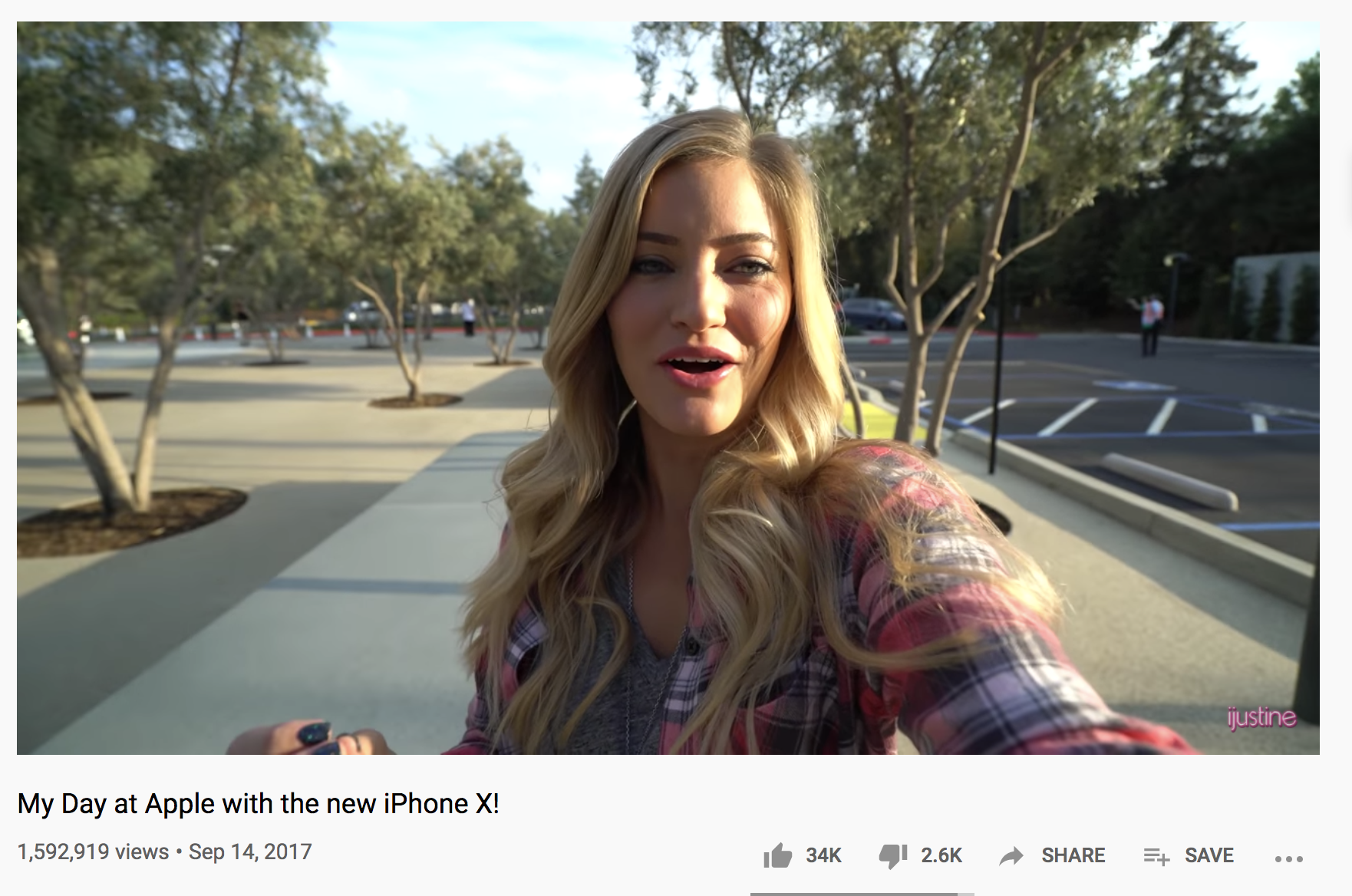
3. Cross-Promote Your Influencer’s Content
Have your influencers add your site URL in their social bios. If they are promoting a particular product of yours, they should add a direct link to the product’s page in the post’s caption. They should also tag you and add branded hashtags for increased engagement.
You can do your bit by creating a unique landing page for your influencer on your site. Feature their favorite products, along with promo codes, on that page. If the influencer promotes the link extensively, your website traffic is likely to increase.
The influencer’s followers who are redirected to the page may be interested in purchasing the products endorsed by the influencer they idolize.
Target teamed up with the celebrated designer, Bri Emery from DesignLoveFest, to create a new furniture line for them. They created a dedicated landing page for the designer and promoted the products on their social media pages.
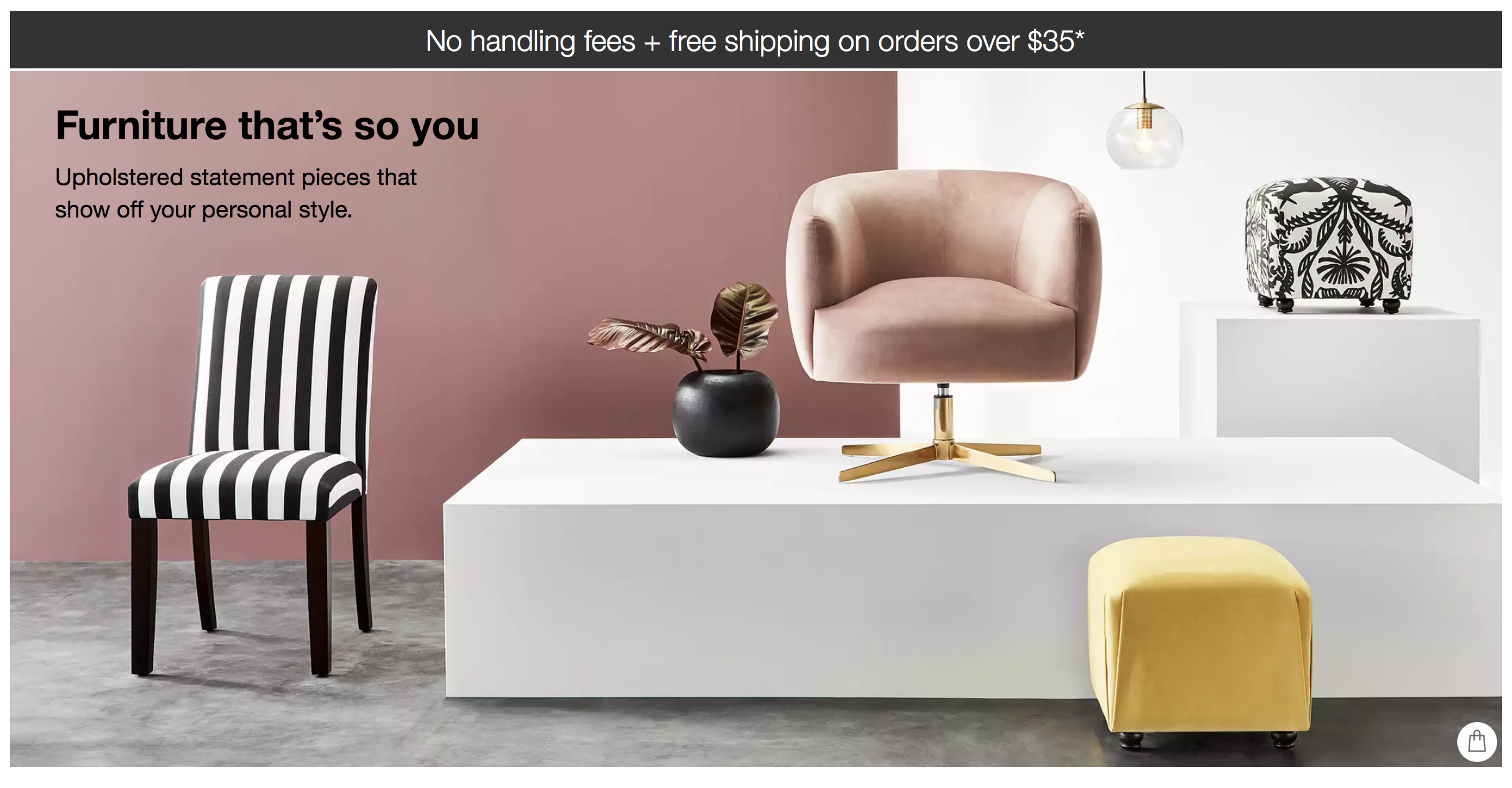
DesignLoveFest also has a popular blog by the same name. They have a SHOP page on the blog where they cross-promoted Target’s products.

You can work out an affiliate business model to make it a win-win tactic for both of the involved parties. Use a robust referral marketing platform to track multiple campaigns if you’re working with a network of influencers or several platforms.
4. Create Instagram Stories
Instagram rules the roost when it comes to influencer marketing. Instagram Stories have become an invaluable marketing tool for influencers to post casual content. 39% of Instagrammers claim to have become interested in a brand/product after seeing it in a Story.
Your influencer can group related posts (such as your new product catalog) in a Story instead of overwhelming followers with multiple posts. Stories last only 24 hours; your influencer can fuel the fire by pairing them with time-limited promo codes.
Adding branding elements to Stories can create a memorable impression of your brand on followers. The “Swipe Up” feature of Stories is another great method to make influencer-promoted content shoppable.
During New York Fashion Week this year, Michael Kors dressed up their influencers in clothes from the runaway and added a “Swipe Up” option in their Stories to boost sales.
Polls and Q/A sessions on Stories can give you and influencers deep insights into your audience’s psyche. Based on this, you can create more optimized products, content, and marketing strategies. Plus, interactive content in Stories can engage audiences better.
Nyden, H&M’s ready-to-wear clothing subsidiary, used its network of 10 influencers to conduct polls via Stories. They asked followers to vote on the patterns and fabrics they would like to see in the brand’s future collections.
Shopping tags and Stickers are a game-changer for eCommerce brands. Influencers can overlay these on their posts and Stories and make the promoted merchandise instantly shoppable. They can even create their own Stickers using your branding colors and compelling copy.
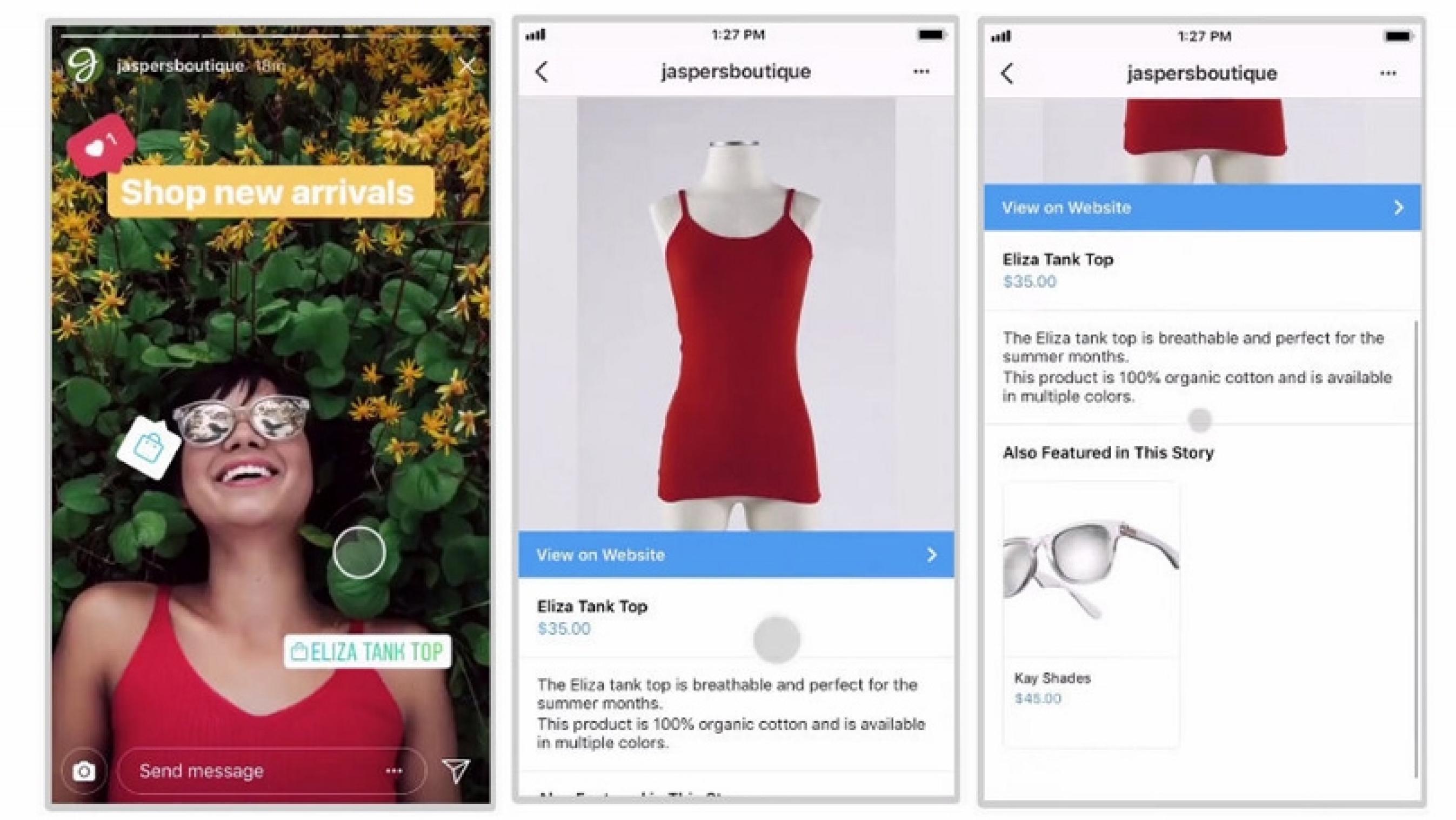
5. Tailor Custom Promo Codes For Your Influencers
Who doesn’t love a sale?
Social media users, in particular, are always on the lookout for the best deal. You can create custom promo codes for your influencer campaigns and use them to boost your conversions.
Naomi Davis, aka Love Taza, owns a popular blog and has a formidable following on Instagram, Twitter, and Pinterest. Brands often approach her with custom discount codes to promote their products.
For Joules Clothing, Taza created a blog post that showed her enjoying the rain with her son and wearing bright gumboots from the brand. When the post got traction, she promoted it via Instagram and appended promo codes to skyrocket sales.

6. Get Influencers to Create Product-Centric Content
Influencers have domain knowledge, as well as prolific editorial skills. They also have a pulse on the kind of content that strikes a chord with their audiences. You can leverage their insights and expertise to create all sorts of engaging content.
Ace makeup artist, James Charles, leverages his YouTube channel to promote makeup brands. He creates grooming tutorials and adds custom promo codes in the video descriptions, which are more permanent than Stories.

Have influencers host giveaways and contests with branded hashtags. Give your products as a reward to the contest winners. As a part of the contest, influencers can instruct contestants to tag their friends and repost the content on their feeds.
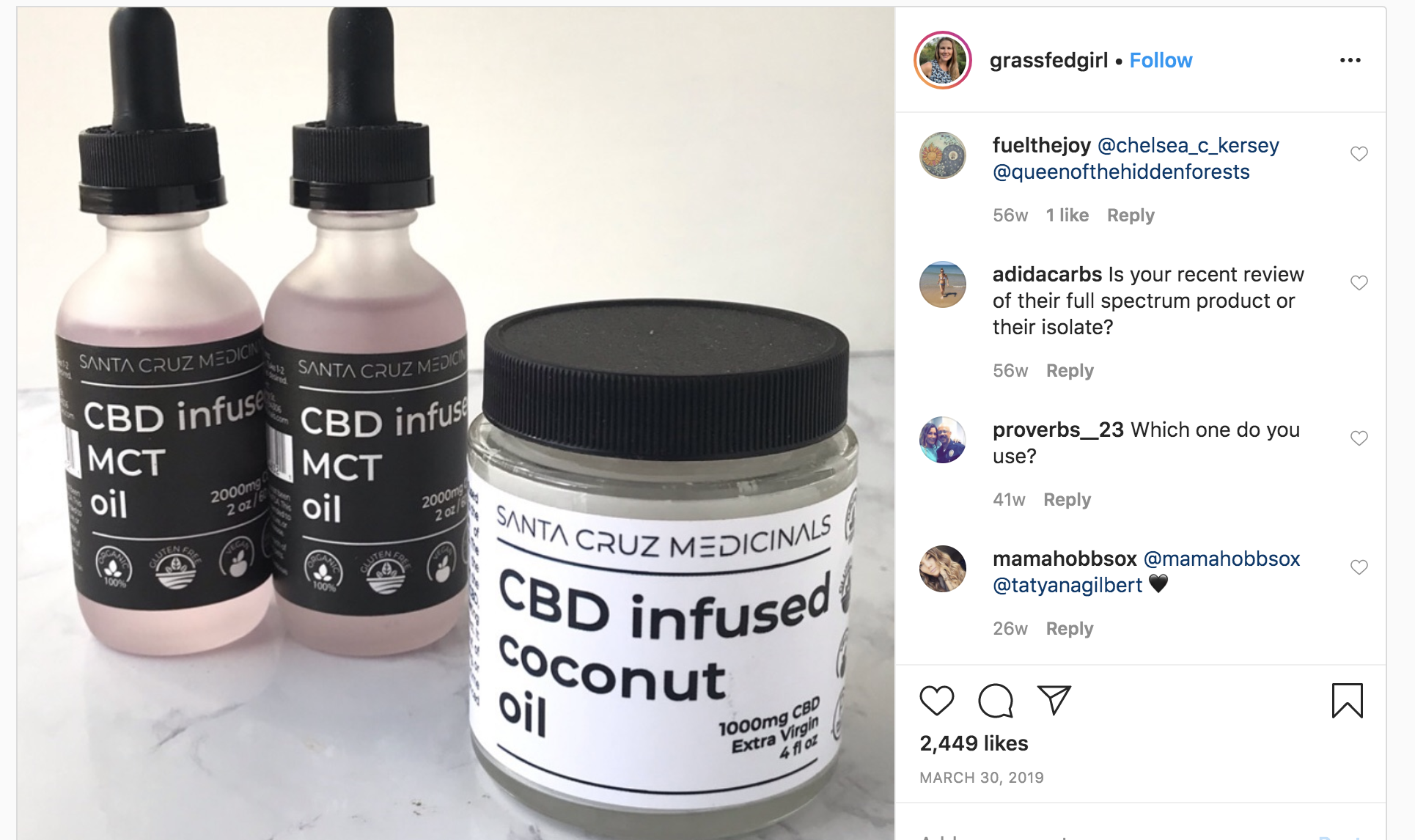
In this way, influencers can help you build a strong brand voice and grow your social media presence.
If you collaborate with an influencer who is a thought leader or industry expert, you can even put them in the spotlight by letting them host a webinar for you.
Since their opinions are valued, you can expect a large turnout. This strategy can help you, as well as the influencer, earn many new followers and brand advocates.
Webinar hosting platforms like Flow make webcasting a breeze. You can set up a multi-member webinar in minutes and conduct a glitch-free webinar from anywhere in the world.
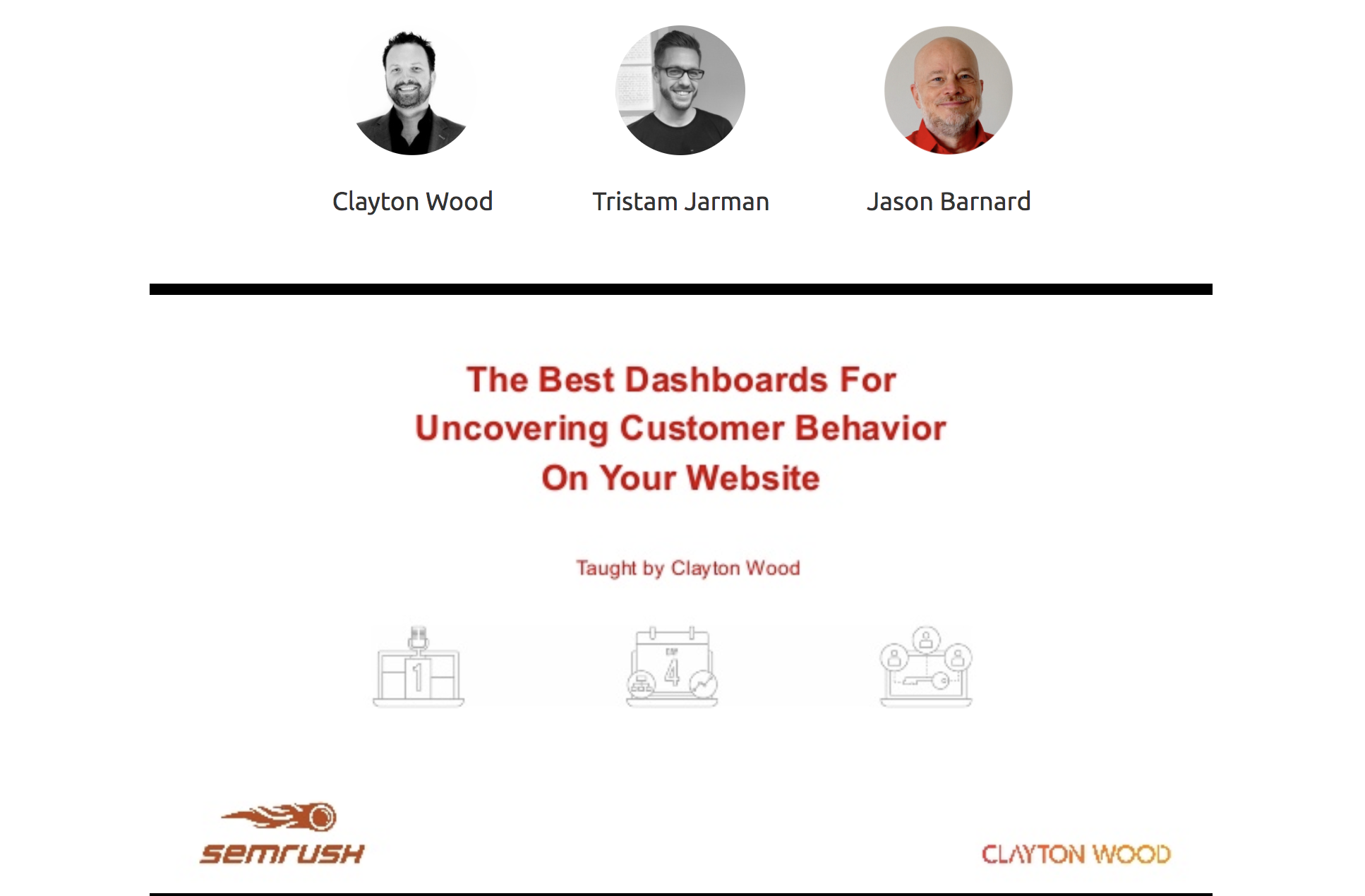
Conclusion
Your eCommerce brand needs the authenticity and mass appeal that influencers bring to the table. They can help you retain existing customers and earn new ones. The tips and tricks outlined in this post will steer your influencer marketing campaigns in the right direction.
Do you have any questions or feedback about this article? Leave a comment below.

